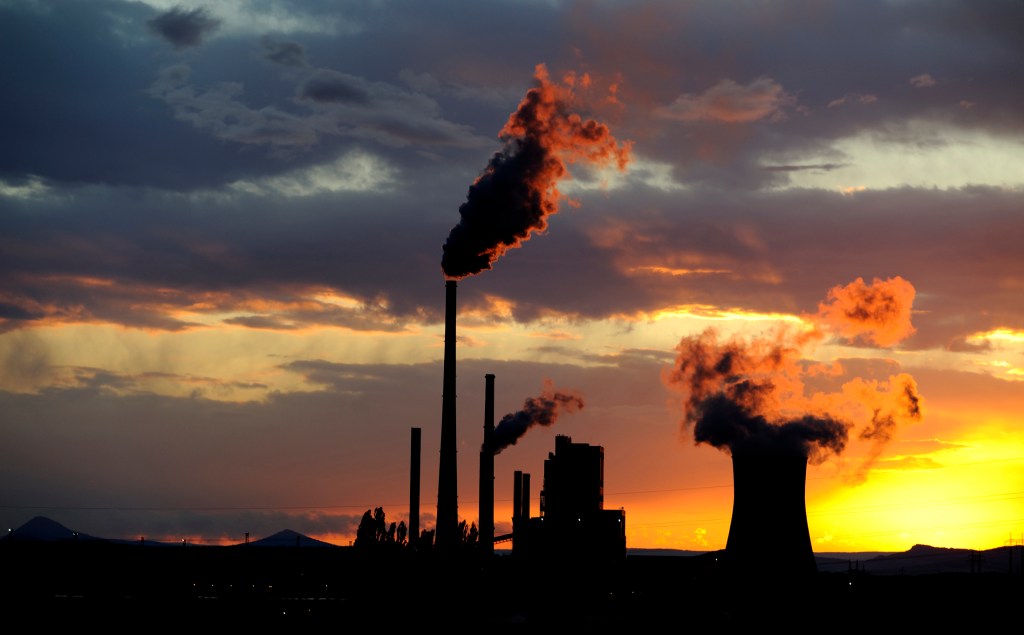Concrete is a fundamental component of modern infrastructure, yet its production is a significant contributor to global carbon dioxide (CO₂) emissions. Cement, the primary binding agent in concrete, is responsible for approximately 8% of worldwide CO₂ emissions. Addressing this environmental challenge, PHNX Materials, a pioneering startup, has developed an innovative method to repurpose coal waste into a sustainable alternative for cement, thereby reducing the carbon footprint of concrete production.
The Environmental Impact of Cement Production
The manufacturing of cement involves the calcination of limestone, a process that releases substantial amounts of CO₂. Additionally, the high temperatures required are typically achieved by burning fossil fuels, further contributing to greenhouse gas emissions. As global demand for concrete continues to rise, finding sustainable alternatives to traditional cement becomes increasingly critical.
The Role of Fly Ash in Concrete
Fly ash, a byproduct of coal combustion in power plants, has been utilized for decades as a supplementary cementitious material in concrete. When properly processed, fly ash can replace up to 30% of cement in concrete mixtures, enhancing durability and reducing costs. However, the decline in coal-fired power plants has led to a significant reduction in the availability of high-quality fly ash, creating challenges for the construction industry.
PHNX Materials’ Innovative Approach
Founded by CEO Krish Mehta and CTO Jorge Osio-Norgaard, PHNX Materials has developed a proprietary technology to extract and purify fly ash from existing coal ash landfills. This process removes impurities such as sulfur and unburned carbon, producing ASTM-grade fly ash suitable for use in concrete. By tapping into the estimated 2.5 billion tons of coal ash stored in U.S. landfills, PHNX Materials aims to provide a consistent and sustainable supply of fly ash to the construction industry.
Environmental and Economic Benefits
The adoption of PHNX Materials’ refined fly ash offers multiple advantages:
– Carbon Emission Reduction: Replacing a portion of cement with fly ash can significantly lower the CO₂ emissions associated with concrete production.
– Enhanced Concrete Durability: Fly ash improves the workability and longevity of concrete, leading to more resilient infrastructure.
– Cost Savings: Utilizing fly ash can reduce material costs for concrete producers, as fly ash is generally less expensive than cement.
– Landfill Remediation: Processing coal ash from landfills mitigates environmental hazards associated with ash storage, such as groundwater contamination.
Market Potential and Industry Impact
The construction industry is actively seeking sustainable materials to meet environmental regulations and consumer demand for greener building practices. PHNX Materials’ solution addresses the fly ash shortage and offers a scalable method to decarbonize concrete production. By providing a reliable source of high-quality fly ash, the company positions itself as a key player in the sustainable construction materials market.
Future Prospects
With a recent $2.5 million seed funding round led by Divergent Capital, KdT Ventures, and Overture, PHNX Materials is poised to scale its operations and expand its impact. The company’s vision extends beyond fly ash; it aims to extract valuable minerals such as titanium, aluminum, and rare earth elements from coal ash, contributing to the domestic supply of critical materials.
Conclusion
PHNX Materials exemplifies how innovative thinking can transform industrial waste into valuable resources. By repurposing coal ash into a sustainable alternative for cement, the company addresses environmental challenges and offers economic benefits to the construction industry. As the world seeks solutions to reduce carbon emissions, initiatives like those of PHNX Materials play a crucial role in building a more sustainable future.



